Perennial wildflower seeds form the basis of all permanent wildflower areas, flowering year after year. Use to create a long lasting wildflower area, providing winter habitats and food while creating bold colour from the second year onwards. Ideal for sowing on their own or mixed with other species to create your own wildflower mixture, or add your favourite species to our famous wildflower seed mixes.
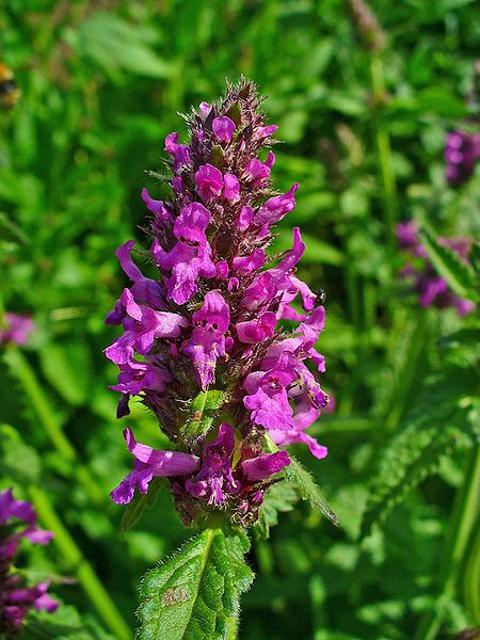
Attractive leaves and many stems smothered in brilliant reddish-purple flowers, adored by bees and butterflies. Commonly found in grassy meadows and river banks, this perennial wildflower will grow in any light.
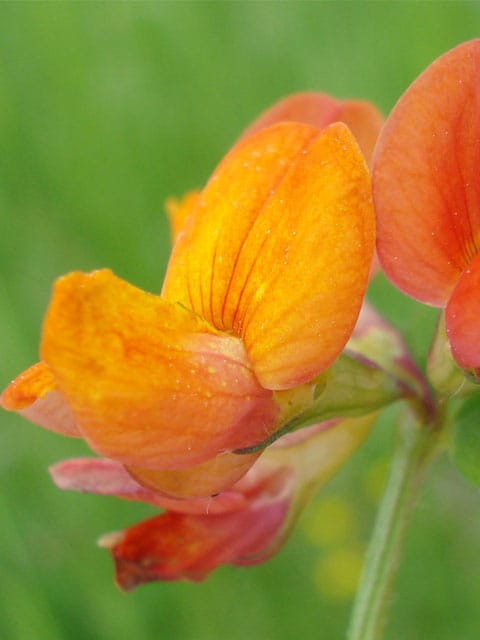
A common creeping native wildflower perennial of dry grassland and roadside, with bright yellow flowers, often streaked with red. The cluster of long seed pods looks like a bird's foot. An excellent provider of nectar and a caterpillar food plant for the Common Blue, Dingy Skipper and Clouded yellow butterflies.
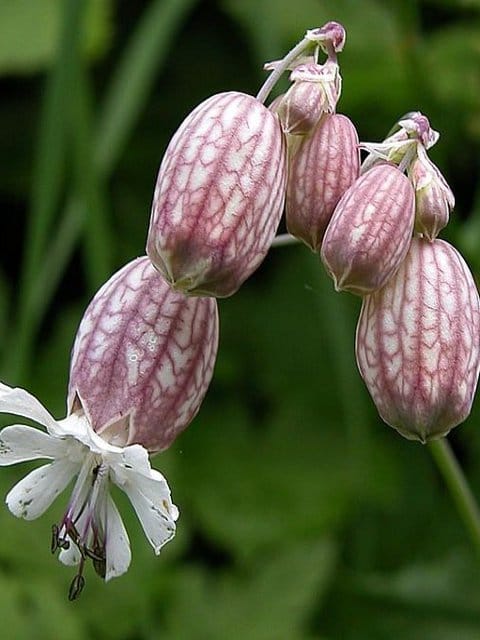
A native perennial wildflower found in grassland and roadside verges, especially on well-drained soils. A pleasant clove-like aroma is emitted from the small white flowers held above waxy grey/green foliage from May to August. A nectar flower plant for butterflies suited to rock gardens and grassy banks.
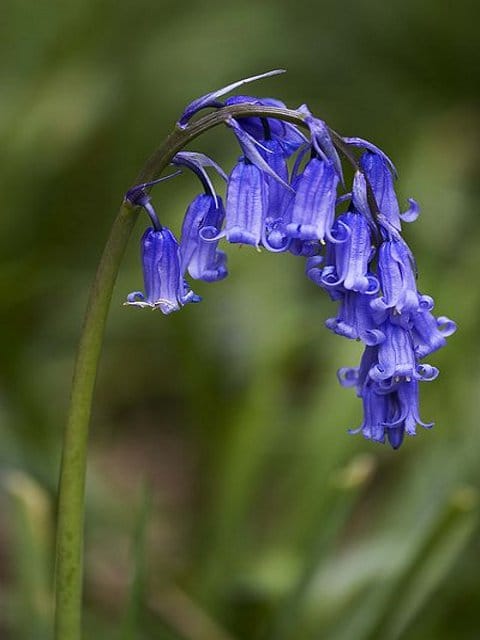
Characteristic blue nodding, UK native perennial wildflower commonly found in woods and shady places. Striking flowers that will produce an attractive habitat for butterflies, bees, birds and other wildlife whilst giving off a sweet scent. Seed can take a number of years to flower.
This item is currently unavailable
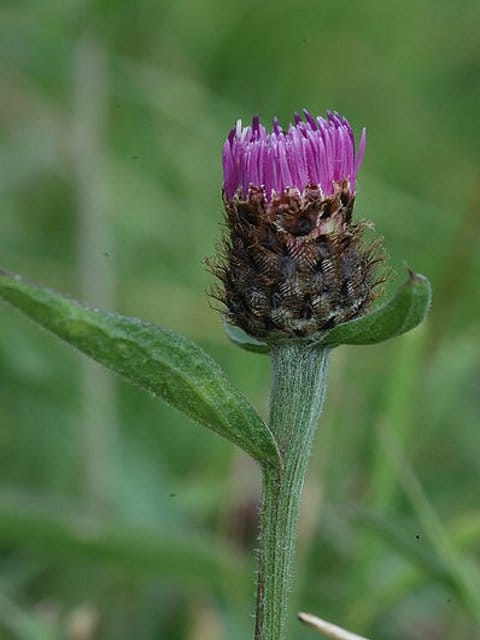
Common knapweed or hardheads is a colourful meadow plant of the thistle family. Tight purple flowers, with lance-shaped leaves. Forms dense clumps over time, ideal for sunny meadows and hedgebanks.
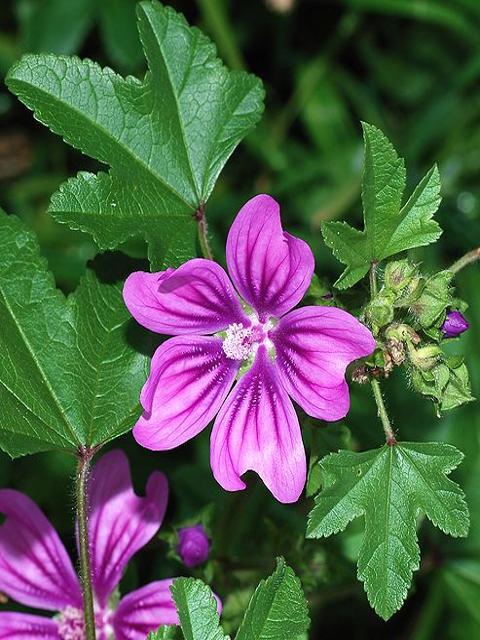
Large resilient bushy perennial wildflower plant, favouring sunny open areas. With ivy-shaped leaves, and dark pink flowers. Well placed at the back of borders but adaptable to many diverse habitats.
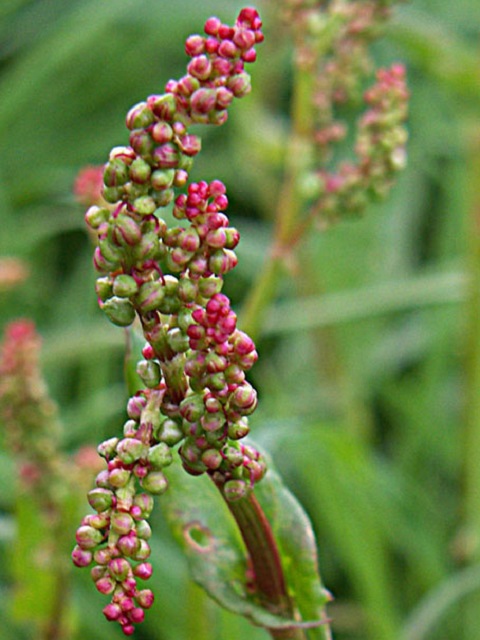
This perennial wildflower is extremely generous and is fantastic at self-seeding. With its reddish-pink flower spikes and arrow-shaped leaves that then turn crimson, Common Sorrel is a basic component of meadows.
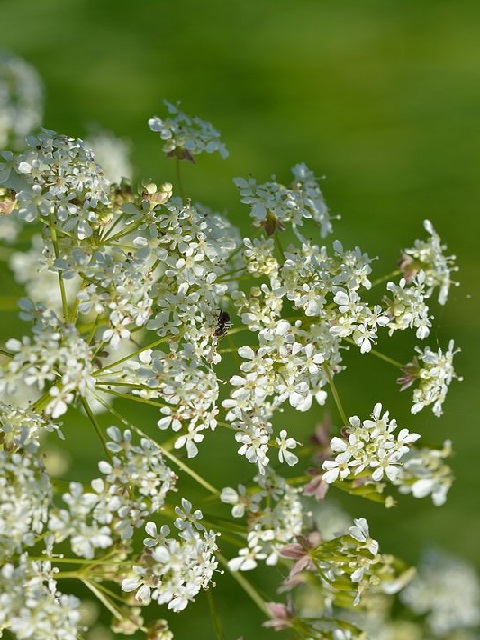
A tall, native biennial or perennial wildflower, common in hedgerows and roadsides. Also known as "Queen Annes Lace", the fluffy white flowers are the earliest flowering of the common hedge bank parsleys.
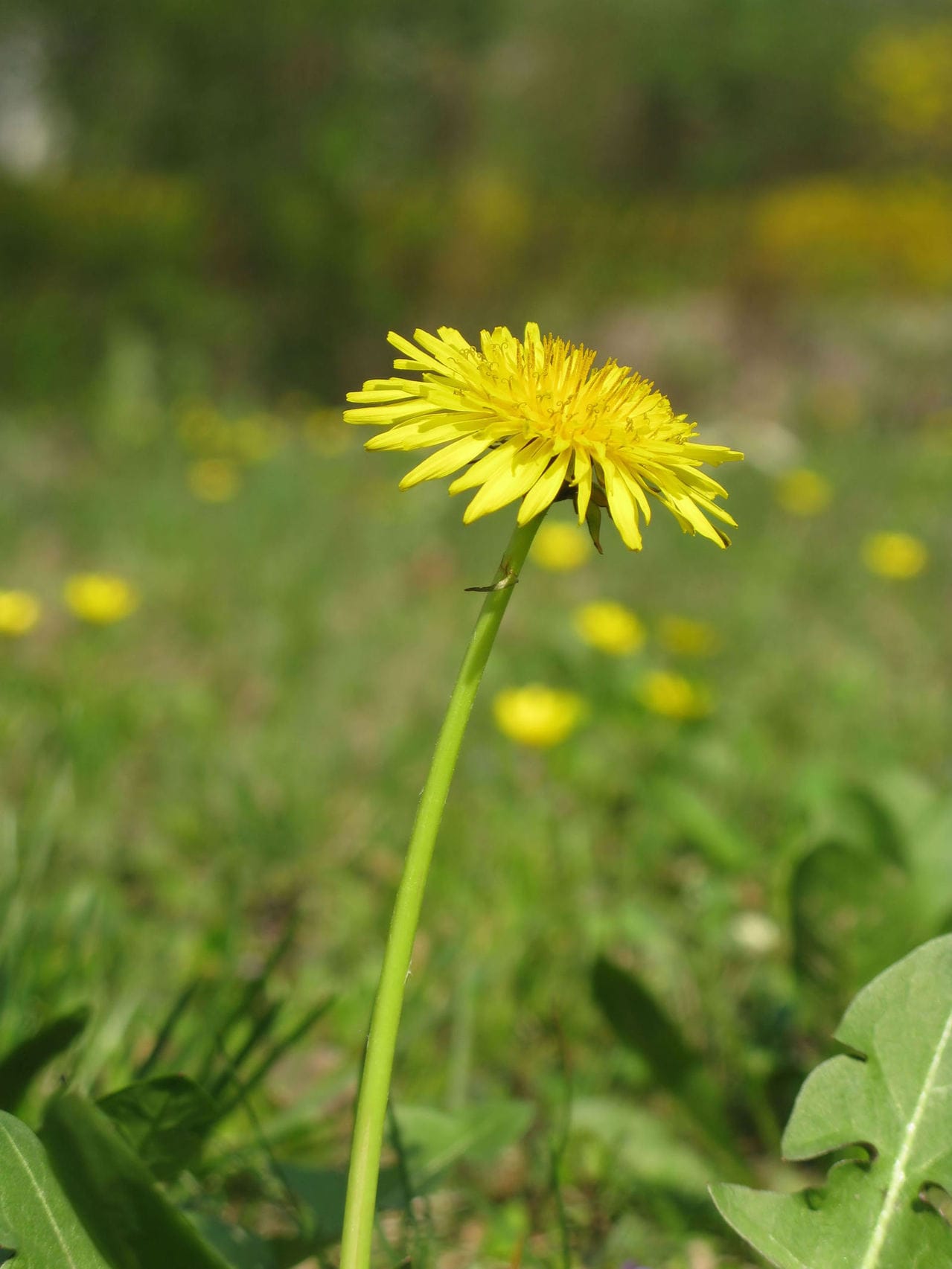
A very common perennial, found in rich meadows. Creating a golden blaze of colour in May meadows and banks. Flowers composed of bright yellow ray-florets.
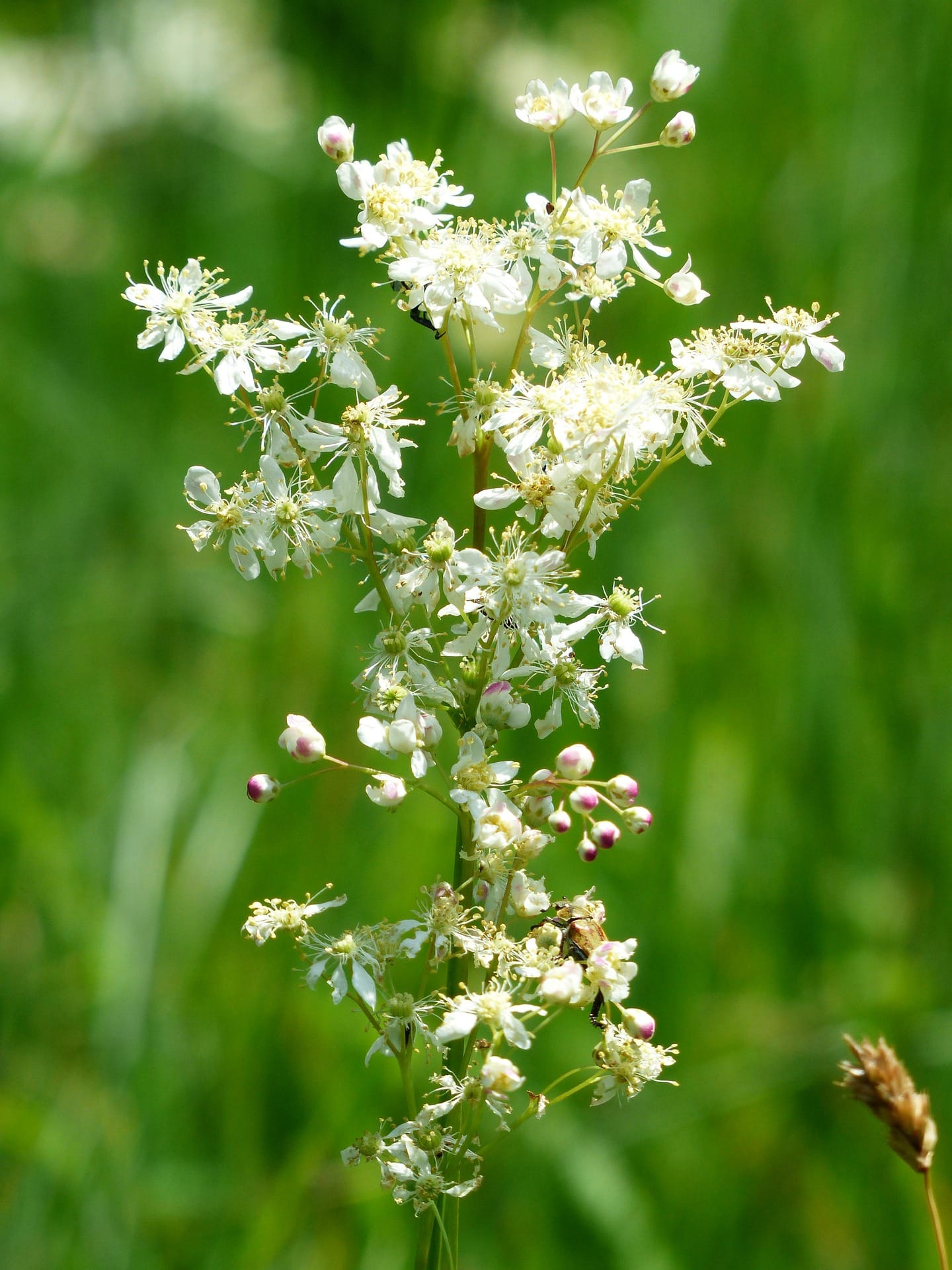
A perennial with fern-like leaves and foamy cream flowers opening from pink buds. Commonly found in woodland verges and damp meadows, this unique wildflower portrays a strong scent to attract a multitude of beneficial pollinators and insects.
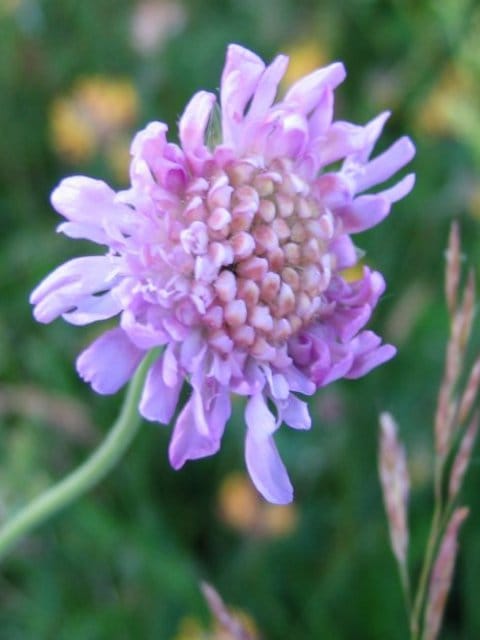
A tall native perennial with hairy stems found in grasslands across Britain. An individual plant can have as many as 50 purplish-blue flowers on it at a time. It is very attractive to butterflies.
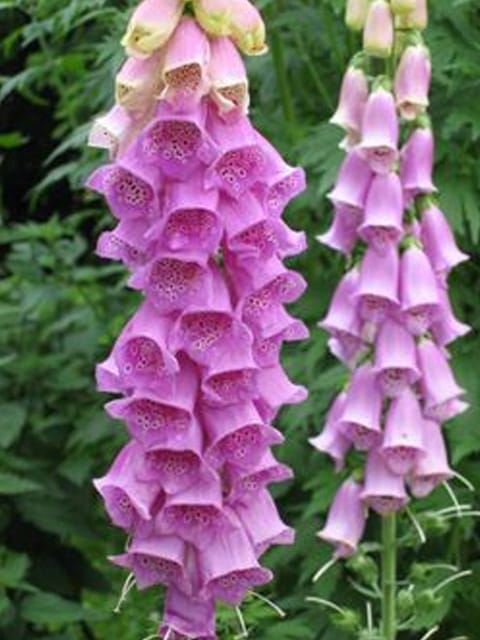
A native biennial occasionally perennial, common in woodland leering, hedgerows and heaths. Foxglove has tall spikes of pinkish-purple bell-shaped flowers. The flowers are pollinated by bumblebees.
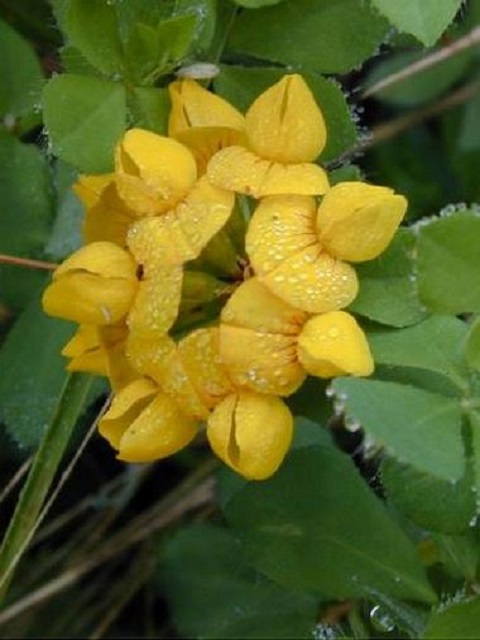
Yellow flowering perennial with a larger head than common birdsfoot trefoil.
Height: 30cm
Flowers: June-August
Requires: Moist
Seeds per gram: 2000
Sowing Rate: 3g/sqm
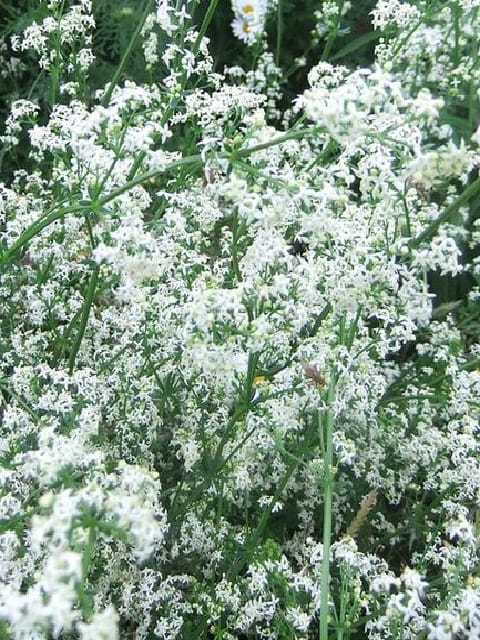
A common perennial with tall white spikes of tiny star-like flowers that attract butterflies and moths. It is also a popular larval food source for a number of moth species. This flower is often seen climbing up hedges and shrubs.
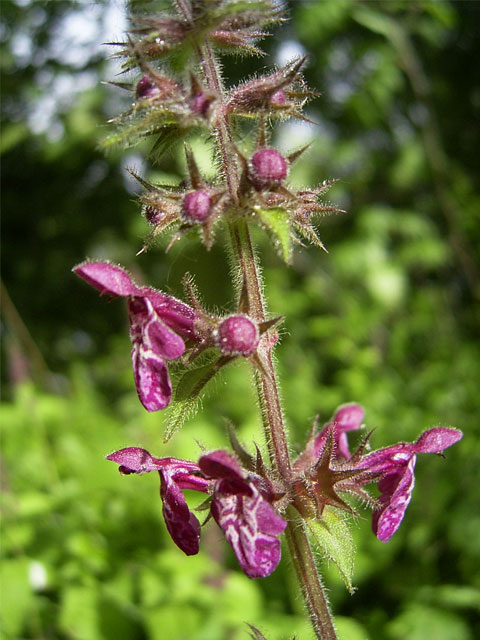
Common throughout the British Isles except for the Scottish Highlands, this hairy spreading perennial has dark red flowers which can be found in hedges, woodlands and shaded gardens. This wildflower is exceptionally helpful in attracting bees to the shaded space.
This item is currently unavailable
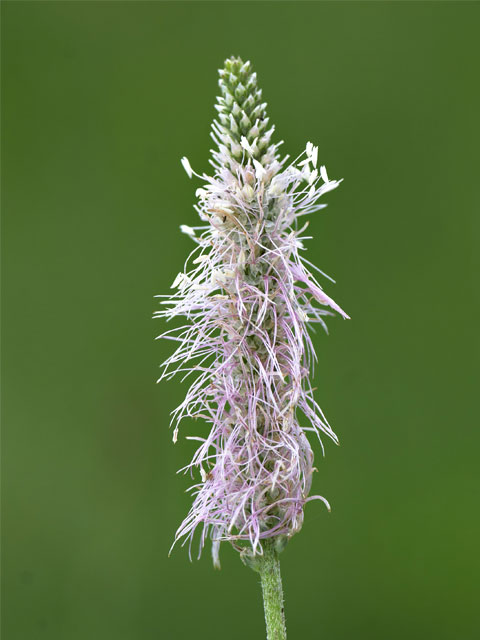
Unlike other Plantains, Hoary Plantain produces a pinky-white flower with a delicate scent. It is a perennial found in chalk grassland and lime-rich meadows.
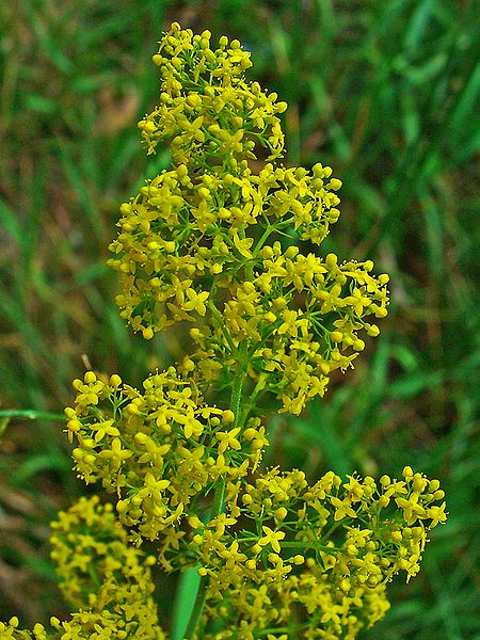
Beautiful yellow flowers found in clumps on the sides of country roads. Very common perennial found in sandy soils. Dried seed heads with their recognizable scent are useful for flower arranging. Widely used in days gone by to curdle milk for cheese making.
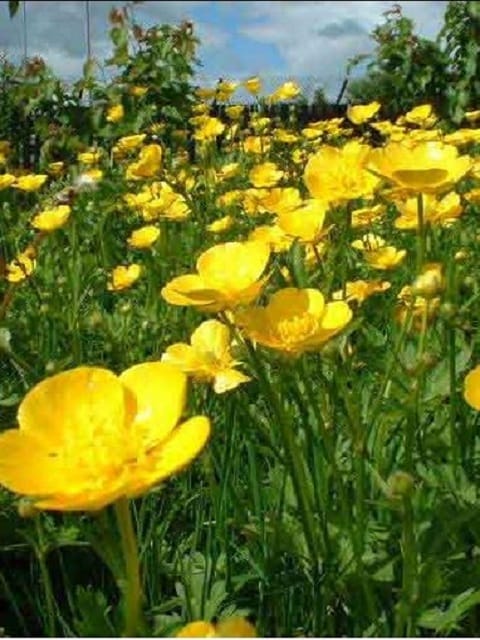
The most majestic of the three common Buttercup species native to Britain. Its pale yellow flowers are a familiar sight in traditional meadows and grasslands on damp soils. There is a species of Solitary Bee, which uses the flowers to sleep in.
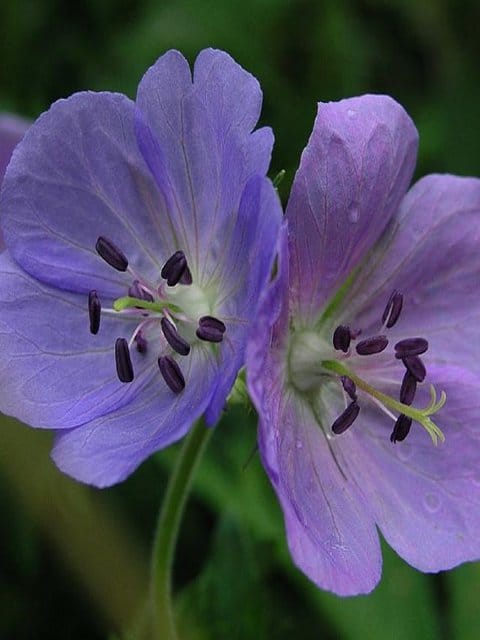
A locally common native perennial found on roadsides and in meadows. The large blue flowers are attractive to Bumblebees, Honey Bees and Solitary Wasps. It is particularly hardy and will compete with grasses.
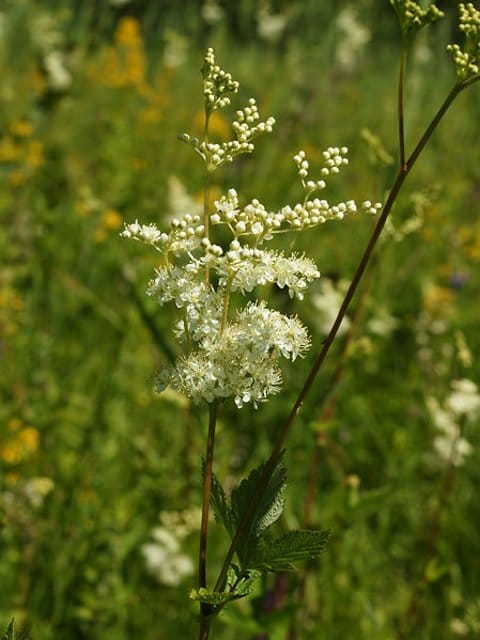
A common tall perennial found in damp meadows, ditches and river-banks. Its fluffy cream flowers have a strong, heady, sweet aroma. In medieval times the plant was crushed and used as a pain relief as the chemicals it contains are similar to aspirin.
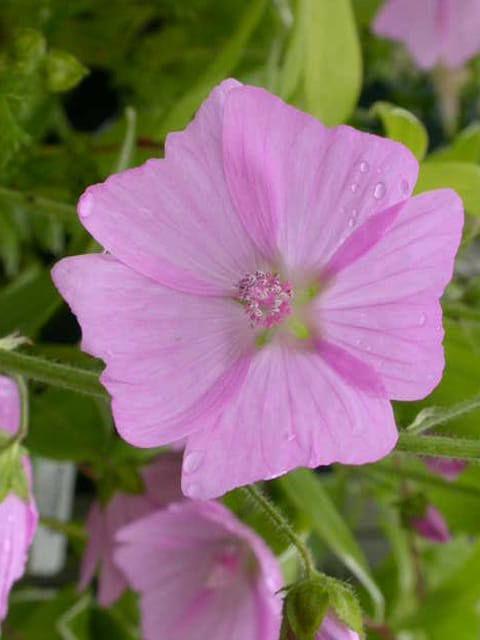
A stunning pink native perennial found at the sides of roads and in sandy grasslands, a very social flower that grows well alongside other summer flowering wildflowers. It is attractive to both butterflies and bees and produces a faint musky smell during the evening.
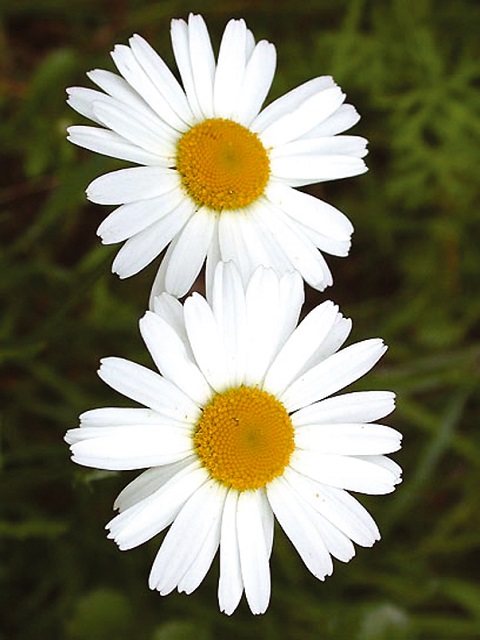
Often seen carpeting road verges and railway embankments with white and gold blooms. This common native perennial is also known as Moon Daisy or Dog Daisy and attracts butterflies, bees and other insects.
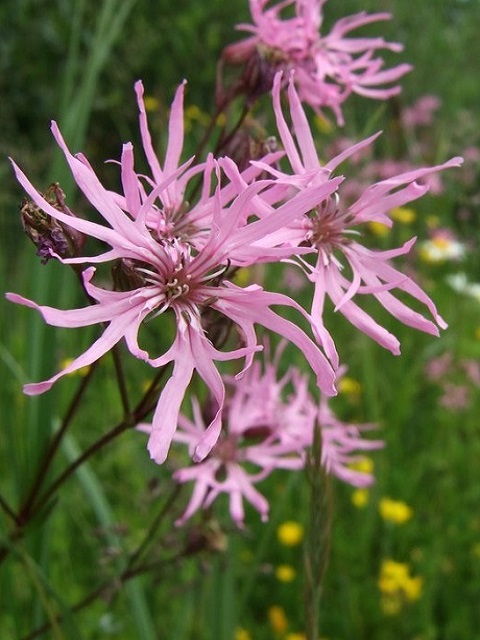
The deeply cut pink petals of this native perennial are highly attractive to butterflies and bees. It can be found in damp woodland, meadows and pond edges.
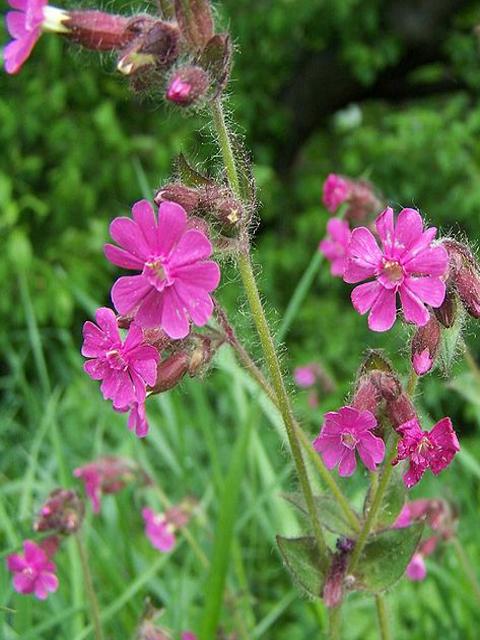
A classic hedgerow and woodland edge perennial found across the whole of Britain. The flowers are usually a deep pink colour but can also be white or pale pink. The Latin name ‘Silene’ is after the merry, drunken god of woodlands.
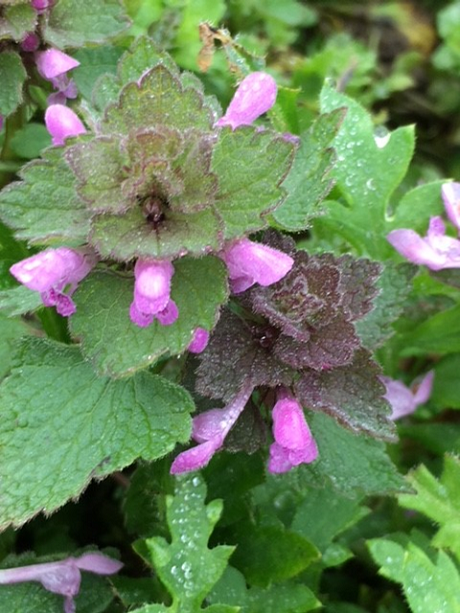
A long-lasting, hardy perennial that provides pink-purple petals standing proud on red-tinted foliage. A firm favourite with bees and butterflies, Red Deadnettle will flower early to provide a great source of pollen and nectar.
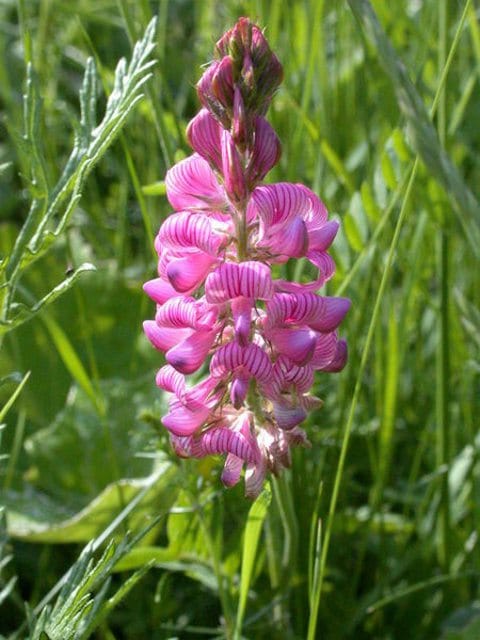
A bushy meadow plant with cone-shaped spikes. Aromatic perennial with masses dark red flowers turning to pink. This flower thrives in the bright sunshine and is a low-growing specie.
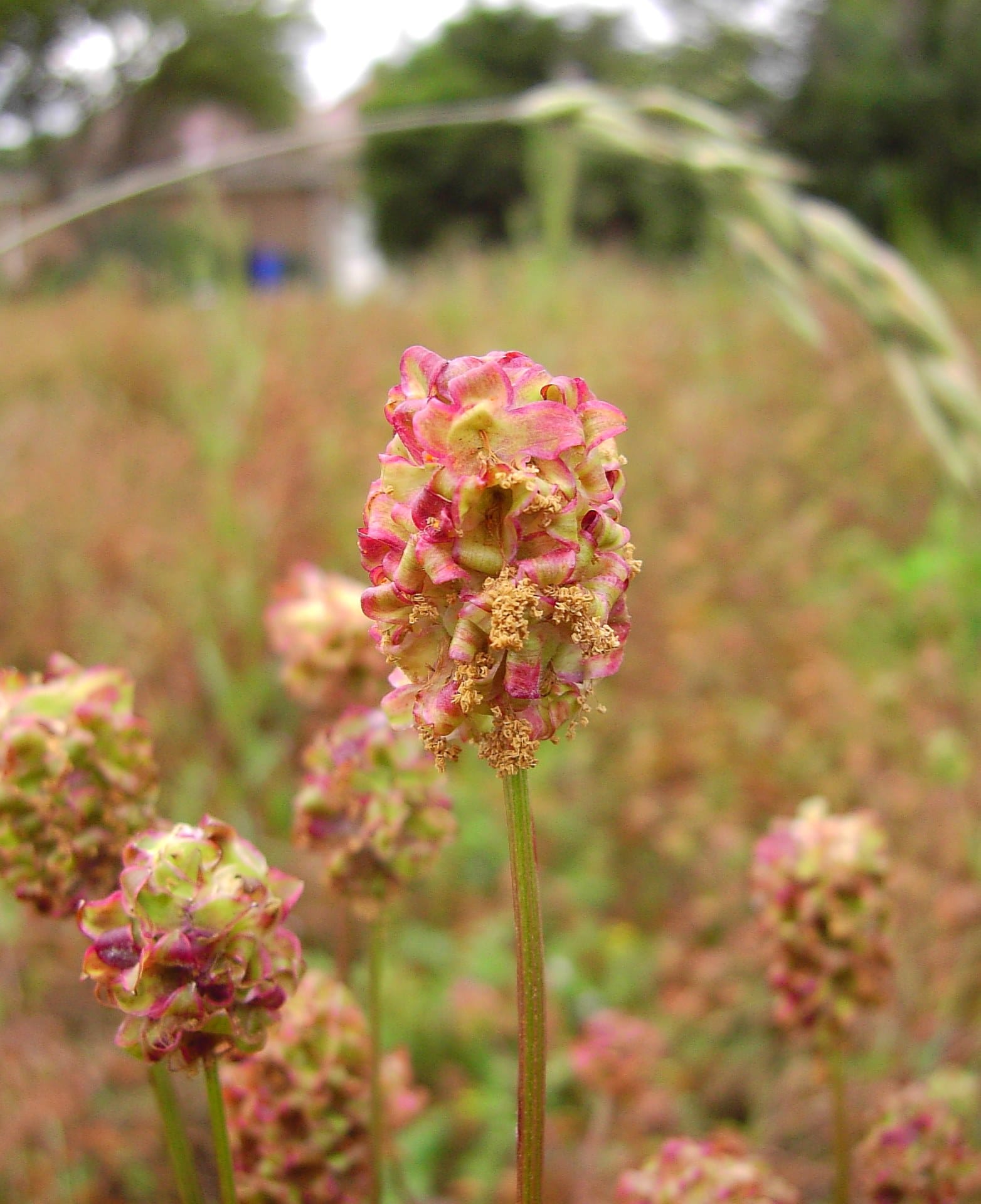
As its name suggests the leaves can be eaten in salads. It is a perennial with a strange almost round flower head, which is pollinated by the wind. It can be found in a variety of dry calcareous grasslands.
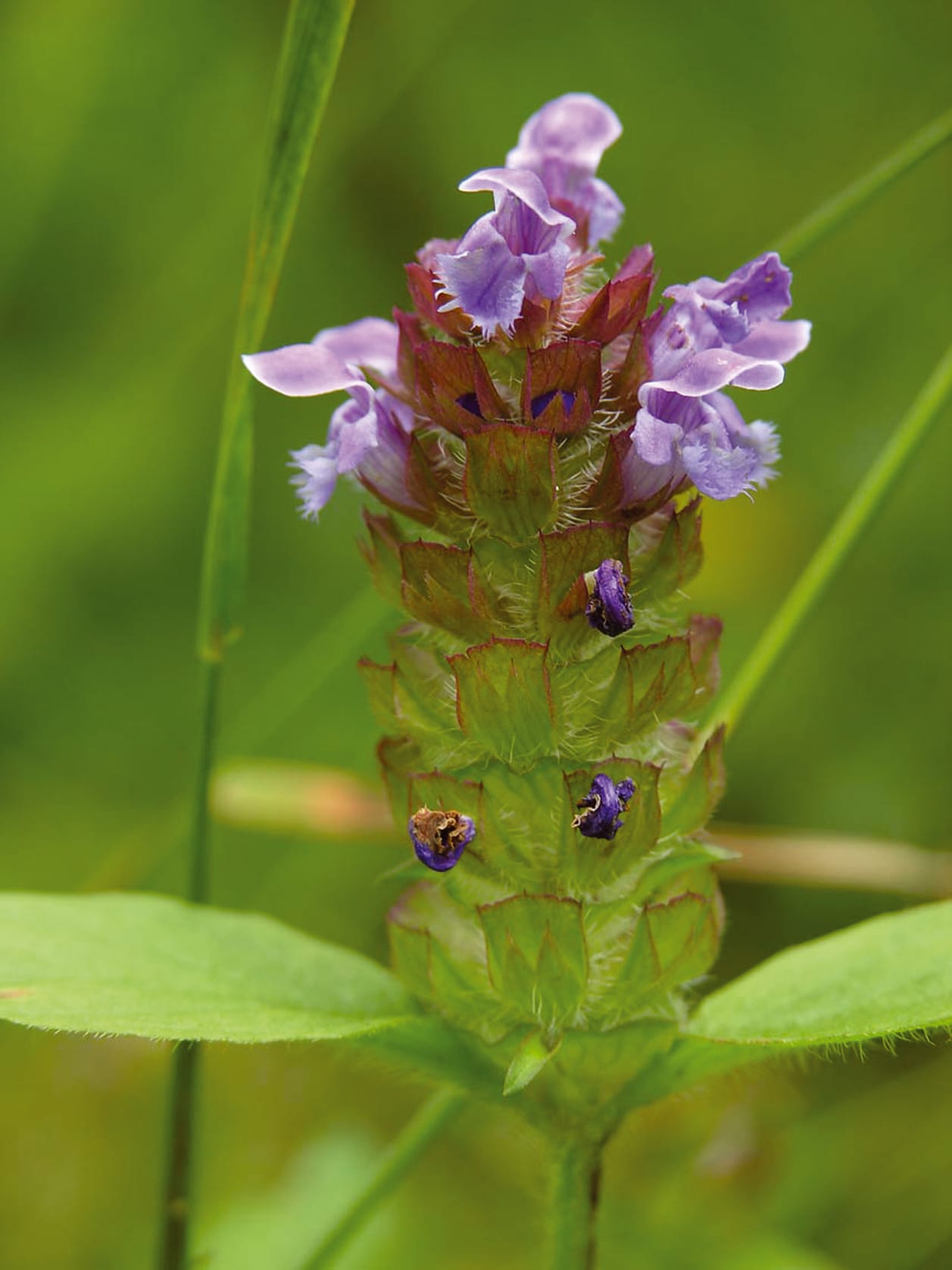
A very common short-lived perennial found in a variety of habits including grassland, woodland and garden lawns. Its creeping stems can spread over a wide area producing brilliant purple blooms.
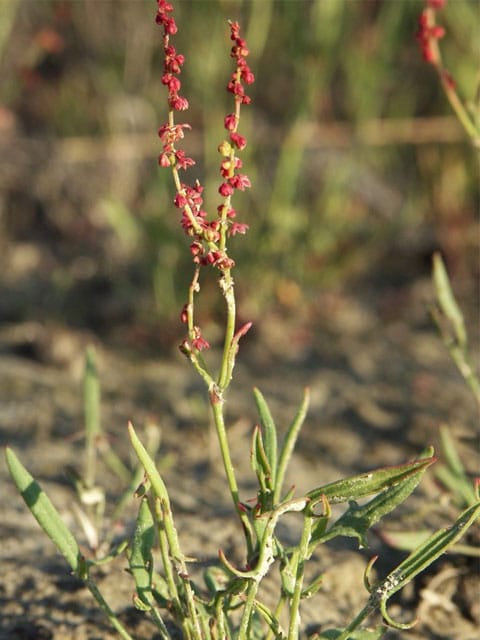
Reddish pink flower spikes, though smaller than Common Sorrel, and with daintier leaves. Upright, slender stems with scarlet-pink petals with leaves can be used as flavourings in food.
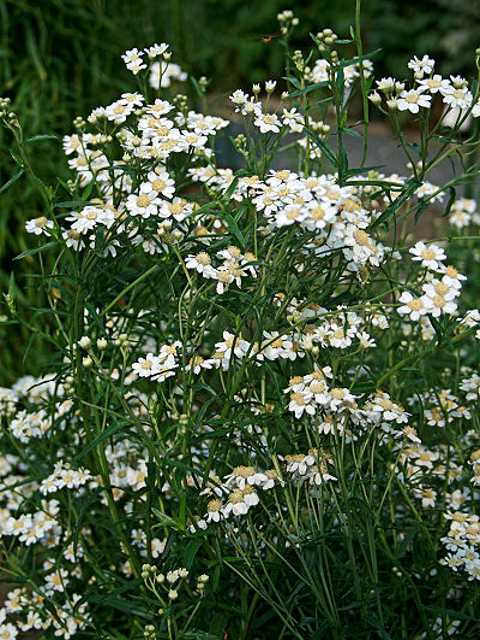
An attractive perennial with short to medium height wildflowers with ruffed white flowers of the yarrow family.
Height: 25 - 50cm
Prefers: Damp or waterlogged soils
Flowers: July - September
Seeds per gram: 4200
Sowing Rate: 3g/sqm

Landlife Wildflowers grow and supply high-quality, native wildflower products, restoring wildflowers right across the UK. Working in conjunction with wildlife charity, Buglife, we’re bringing back Britain’s treasured wildflowers! Find out more about why we’ve been trusted by the general public, Natural England and The National Trust for over twenty years.

We’re proud to supply only the highest-quality, native wildflower products - tried, tested and refined by us for two decades to ensure each and every customer is delighted with their purchase. Find out more about our commitment to the supply of native, provenance-assured wildflower products to restore Britain’s natural wildflower habitats for bees, butterflies, birds and wildlife.

If you have any questions or would like to get in touch, our team of wildflower experts are on hand to guide you every step of the way. We love talking about wildflowers and the quality of our products, and are pleased to help with any enquiry, including how to establish wildflowers, product recommendations and even creating custom mixtures for specific projects.